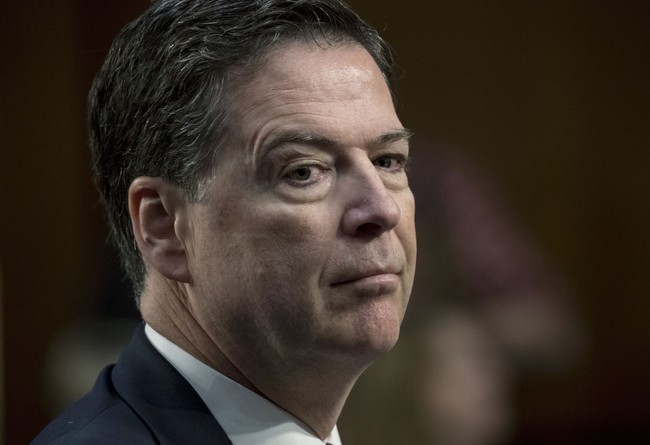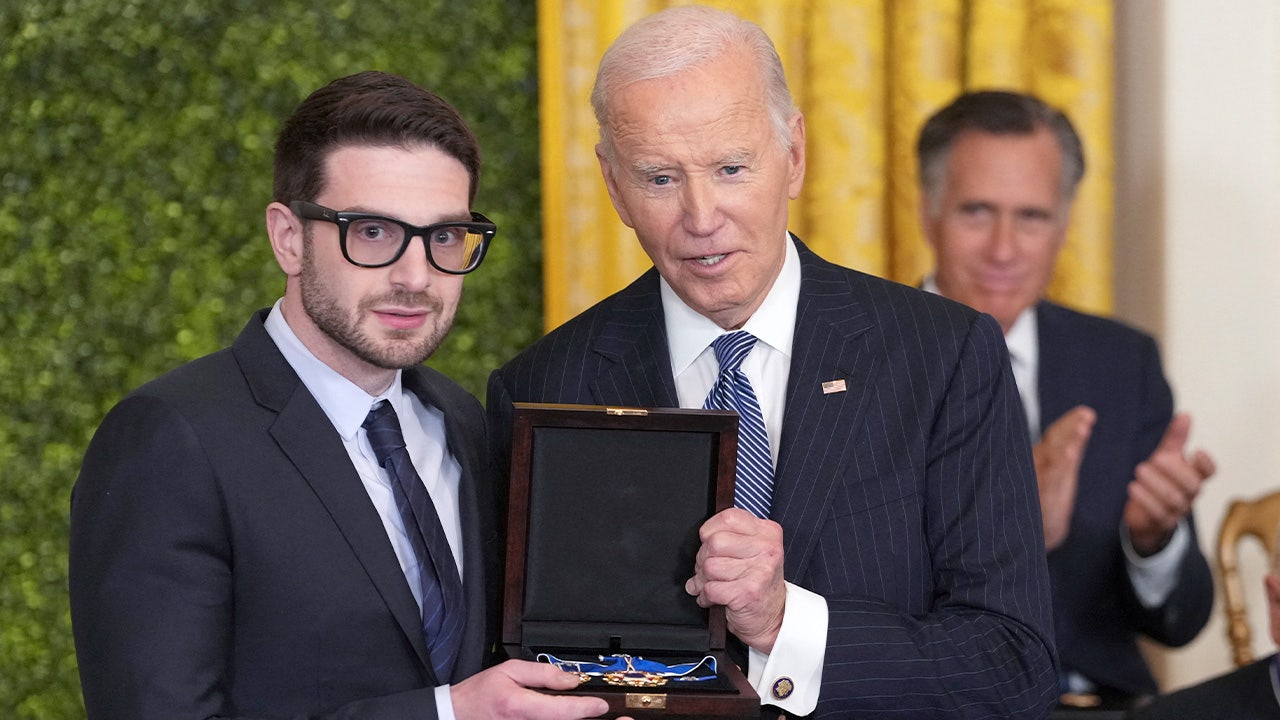A leading economist who had previously criticized President Donald Trump’s trade policy is now reevaluating his position, suggesting that the administration’s tariff strategy may have been more effective than originally thought.
Torsten Sløk, chief economist at Apollo Global Management, published new commentary acknowledging that the Trump administration’s use of tariffs could serve both as a source of federal revenue and a strategic economic tool.
Sløk’s recent analysis sharply contrasts with his earlier predictions, in which he warned that the imposition of tariffs could lead to economic instability and trigger a recession.
Trump’s Sovereign Wealth Fund: What Could It Mean For Your Money?
In April, Sløk cautioned that President Trump’s tariff policy—particularly as it related to China—could damage U.S. small businesses and disrupt global trade flows.
He predicted that the strategy might result in supply chain interruptions, job losses, and an overall downturn in economic growth.
However, Sløk’s latest assessment marks a notable shift. “Maybe the administration has outsmarted all of us,” Sløk wrote.
This Could Be the Most Important Video Gun Owners Watch All Year
He suggested that extending the current tariff framework for one more year could help businesses and trade partners adjust to what he called a “new world with permanently higher tariffs.”
Sløk added that such an extension would likely decrease uncertainty, which could improve financial market conditions and enhance business planning.
“This would seem like a victory for the world and yet would produce $400 billion of annual revenue for U.S. taxpayers,” Sløk noted.
“Trade partners will be happy with only 10% tariffs, and U.S. tax revenue will go up.”
The economist’s change in tone has drawn attention as the broader economic impact of Trump’s tariff policy continues to be evaluated.
Chief economist Torsten Sløk: Trump may have ‘outsmarted all of us’ on tariffs, despite my prior criticisms | Brooke Mallory, OAN
A leading Wall Street economist who previously criticized President Donald Trump’s tariff strategy now admits that the 47th president may have… pic.twitter.com/jaT5y426cC
— Owen Gregorian (@OwenGregorian) June 29, 2025
While initial forecasts from many financial analysts predicted dire consequences for American manufacturing and consumer prices, several economic indicators have defied those projections.
During President Trump’s second term, the United States has seen a rebound in manufacturing employment, alongside wage growth for industrial and blue-collar workers.
According to recent Labor Department data, domestic manufacturing output and employment figures have remained strong, while trade deficits with certain countries have narrowed.
The administration has defended its use of tariffs as a negotiating tool, arguing that they provided the necessary leverage to renegotiate trade agreements and address longstanding imbalances in global trade.
The Office of the U.S. Trade Representative has maintained that tariffs were key to securing more favorable terms in multiple trade deals, including revisions to the United States-Mexico-Canada Agreement (USMCA) and ongoing talks with other trade partners in Europe and Asia.
Trump officials have also pointed to enforcement mechanisms and new provisions on labor and environmental standards as evidence that U.S. trade policy has become more balanced and protective of domestic interests.
Sløk’s remarks come amid a broader reassessment among economists and policymakers regarding the role of tariffs in international trade.
Some analysts now argue that tariffs, when applied selectively and strategically, can be used to secure national objectives without derailing overall economic stability.
The reevaluation by a previously skeptical economist reflects growing debate over whether long-standing assumptions about global trade remain relevant in the current geopolitical environment.
While differences remain among experts, Sløk’s acknowledgment signals that elements of the Trump administration’s trade policy are gaining new legitimacy—even among prior critics.
Read the full article here


![Top Economist Makes CNN Eat Crow, Admits Trump ‘Outsmarted All of Us’ on Tariffs [WATCH] Top Economist Makes CNN Eat Crow, Admits Trump ‘Outsmarted All of Us’ on Tariffs [WATCH]](https://www.lifezette.com/wp-content/uploads/2025/01/2025.01.22-06.43-lifezette-67913c6c7af1c.jpg)




![21 Blue States Refused to Prove Illegal Aliens Aren’t Getting SNAP Benefits [WATCH] 21 Blue States Refused to Prove Illegal Aliens Aren’t Getting SNAP Benefits [WATCH]](https://www.lifezette.com/wp-content/uploads/2025/05/2025.05.14-11.38-lifezette-6824809b96938.jpg)




